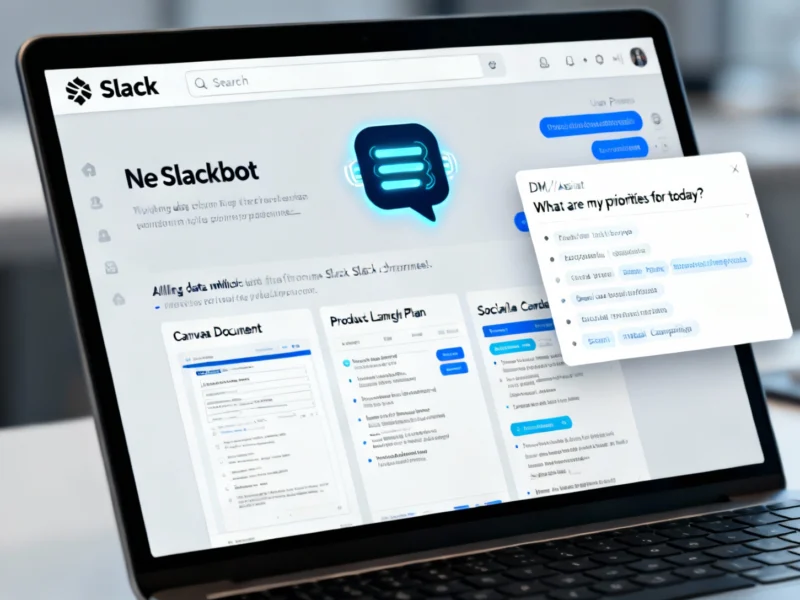Apple is navigating App Store age verification requirements as new state laws in Texas and California mandate stricter age confirmation processes for digital platforms. The tech giant has developed a privacy-conscious approach that avoids photo ID collection while ensuring compliance with evolving state regulations affecting millions of users.
Texas Age Verification Law Implementation
Beginning January 1, 2026, Texas will require age verification for all new Apple accounts created within the state. According to recent analysis, Apple’s solution centers on the Declared Age Range API, which allows developers to determine user age categories without accessing personal identification documents. This privacy-focused approach aligns with growing concerns about personal data protection across digital platforms.
The Texas implementation requires minors to join Family Sharing groups, enabling parental oversight of purchases and downloads. Industry experts note this balances protection with practicality, as seen in Apple Inc.‘s broader privacy initiatives. The system reflects how major technology companies are adapting to state-specific requirements while maintaining user trust.
California’s Similar Approach to Digital Protection
California has introduced comparable legislation with unanimous State Assembly support, placing greater emphasis on parental responsibility during device setup. Data from California legislative reviews indicates the law establishes four age categories without mandating photo uploads, creating what experts describe as an “age gate” rather than comprehensive verification.
The operating system categorizes users as under 13, 13-16, 16-18, or adult, making this information available to developers through updated APIs. This approach resembles methods discussed in industry coverage of digital age restrictions, emphasizing minimal data collection while meeting legal requirements.
Privacy-First Verification Methodology
Apple’s strategy avoids traditional identification methods that often compromise user privacy. Instead of capturing government-issued IDs, the system relies on declared information during account creation or device setup. This methodology reflects broader trends in data protection where companies prioritize minimizing sensitive information collection.
Key features of Apple’s approach include:
- No photo ID requirements for verification
- Family Sharing integration for minor accounts
- Age category system rather than exact birthdates
- Developer APIs that maintain user privacy
State-by-State Regulation Challenges
The piecemeal nature of state legislation creates compliance complexities for nationwide platforms. As Texas and California implement different but similar requirements, companies must adapt their systems for regional variations. This fragmentation echoes challenges seen in privacy regulation, where states have historically acted unilaterally rather than waiting for federal consensus.
According to economic analysis, such regulatory variations can impact business operations across state lines. The situation highlights both the strength and weakness of the US constitutional system, where states can pioneer protections but create patchwork requirements.
Developer Impact and API Integration
The App Store ecosystem must adapt to these new verification requirements through updated developer tools. Apple’s Declared Age Range API represents the primary interface for compliance, allowing apps to access age categories without exposing developers to liability or users to privacy risks.
Industry coverage from sources like technology reporters indicates developers appreciate the privacy-preserving nature of these tools. The system prevents unnecessary data sharing while ensuring apps can customize experiences based on appropriate age groups, similar to approaches discussed in digital community guidelines.
Future Federal Standard Possibilities
As multiple states consider age verification legislation, pressure mounts for comprehensive federal standards. A national approach would simplify compliance for companies like Apple while ensuring consistent protection for all users regardless of location. Additional coverage of digital policy trends suggests federal action might emerge as more states introduce similar requirements.
The current state-by-state approach creates operational challenges but allows for innovation in privacy-protecting verification methods. As these systems evolve, they may inform future federal standards that balance protection, privacy, and practicality across all digital platforms.



